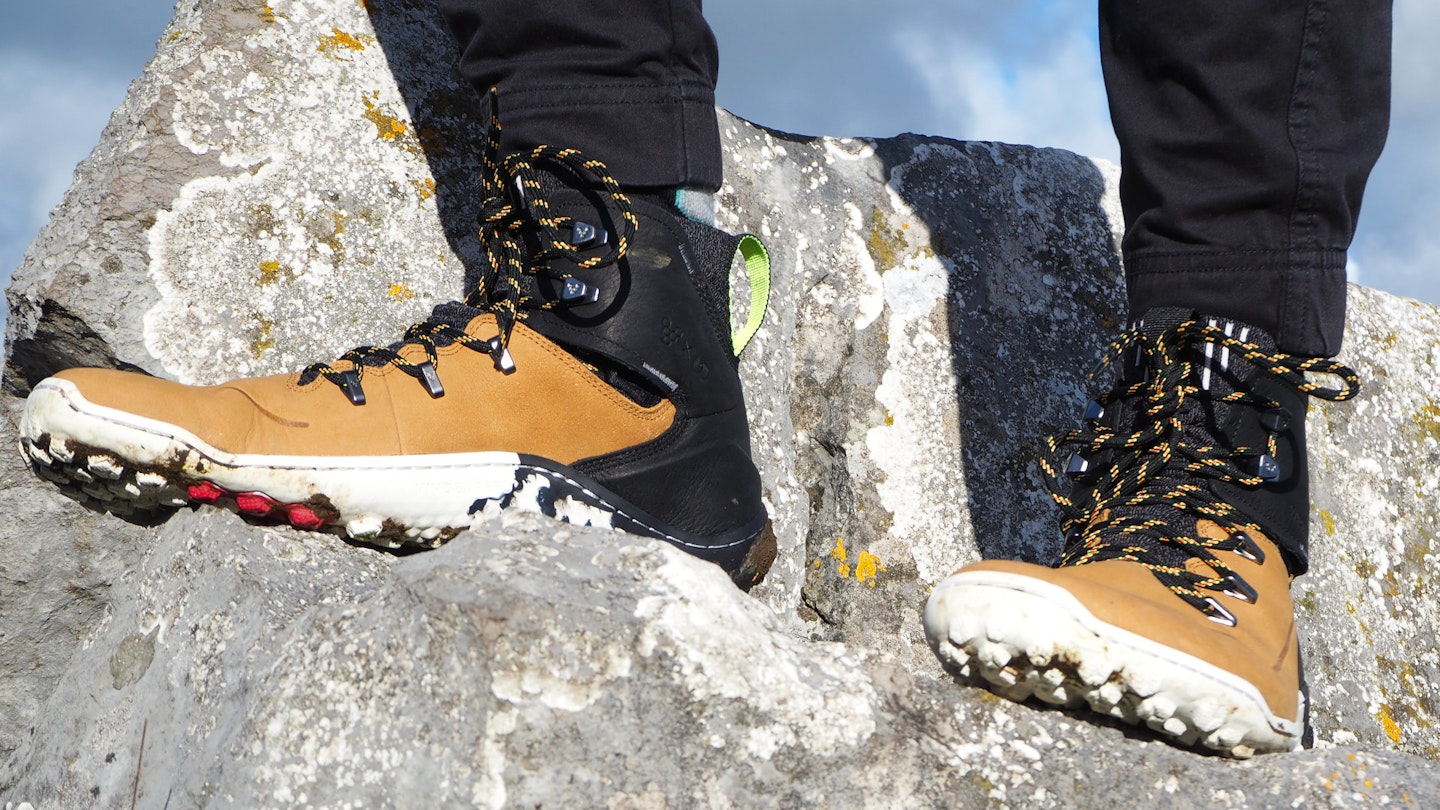Hiking and trail footwear brands focus much time and attention to the underside of their footwear. There is a good reason for this. The midsole is for impact absorption, allowing you to walk in greater comfort for longer. But Vivobarefoot has changed the recipe.
The construction of hiking and trail footwear varies significantly, depending on use and terrain. But fundamentally, they all use a similar method: outsole, midsole, insole, and then all the parts that make the upper.
Vivobarefoot believes that more faith should be put into the evolutionary design of our feet. Our feet are fine-tuned for endurance, says Vivobarefoot, so why mess with it? In line with this train of thought, the brand produces shoes that allow our feet to make the most of their natural attributes: sensation, stability, and strength.
To do this, Vivobarefoot shoes are lightweight, thin, wide, and flexible, in order to let feet do their thing. This sounds very intriguing, but does it work? Given this idea is central to the Vivobarefoot business, you’d think so for its sake. But to find out for ourselves, we've been field testing the Vivobarefoot Tracker Decon FG2 hiking boots.
This concept kind of flies in the face of the mainstream, but maybe Vivobarefoot isn’t totally bananas. Maybe it’s onto something.
Shop this product
Vivobarefoot Tracker Decon FG2 boots

The human foot evolved for endurance. Therefore, it would make sense to have a hiking boot that works with our feet, rather than wrapping them up in a burly boot, wouldn’t it? The Tracker Decon FG2 boot is quite a different construction and fit to any other hiking boot you’ll find.
Forget a thick midsole and stiff leather. The Tracker Decon FG2 boot has 4mm lugs and a 2.5mm sole underfoot. It then uses Wild Hide leather for the upper and Merino wool for the sock-style collar. These boots are flexible, to the point where you can almost roll them up like a rug.
As per the free feet company remit, the Tracker Decon FG2 boot has a wide fit. The only footwear that might be comparable are those from Keen. Length is quite generous as well. Ordinarily, I’m a 43/UK9 and my preference for these boots is a full size down to a 42/UK8.
Vivobarefoot is a relatively ethical and sustainable company. It’s B Corp-certified and makes its footwear with natural and sustainable materials, which certainly goes hand in hand with the design principle. For the Tracker Decon FG2, this means Wild Hide leather that comes from smallholder farms in Ethiopia and Thailand, where the cattle roam outdoors like we want to with these boots. The Merino wool carries Woolmark certification, and the Firm Ground Sole is made from natural materials.
Vivobarefoot also has a cool programme called ReVivo. It reconditions returned Vivo footwear to new and sells them again. It also offers a repair service for your Vivo footwear.
How do they perform?
Putting a pair of Tracker Decon FG2 boots on for the first time does feel a little unusual. It’s sort of like putting on old hiking boots with heavily worn, thin soles; but also not, because these are new. The fit is certainly unique, there’s so much room for your toes to move and the flexible Merino sock clasps eagerly around your ankle.
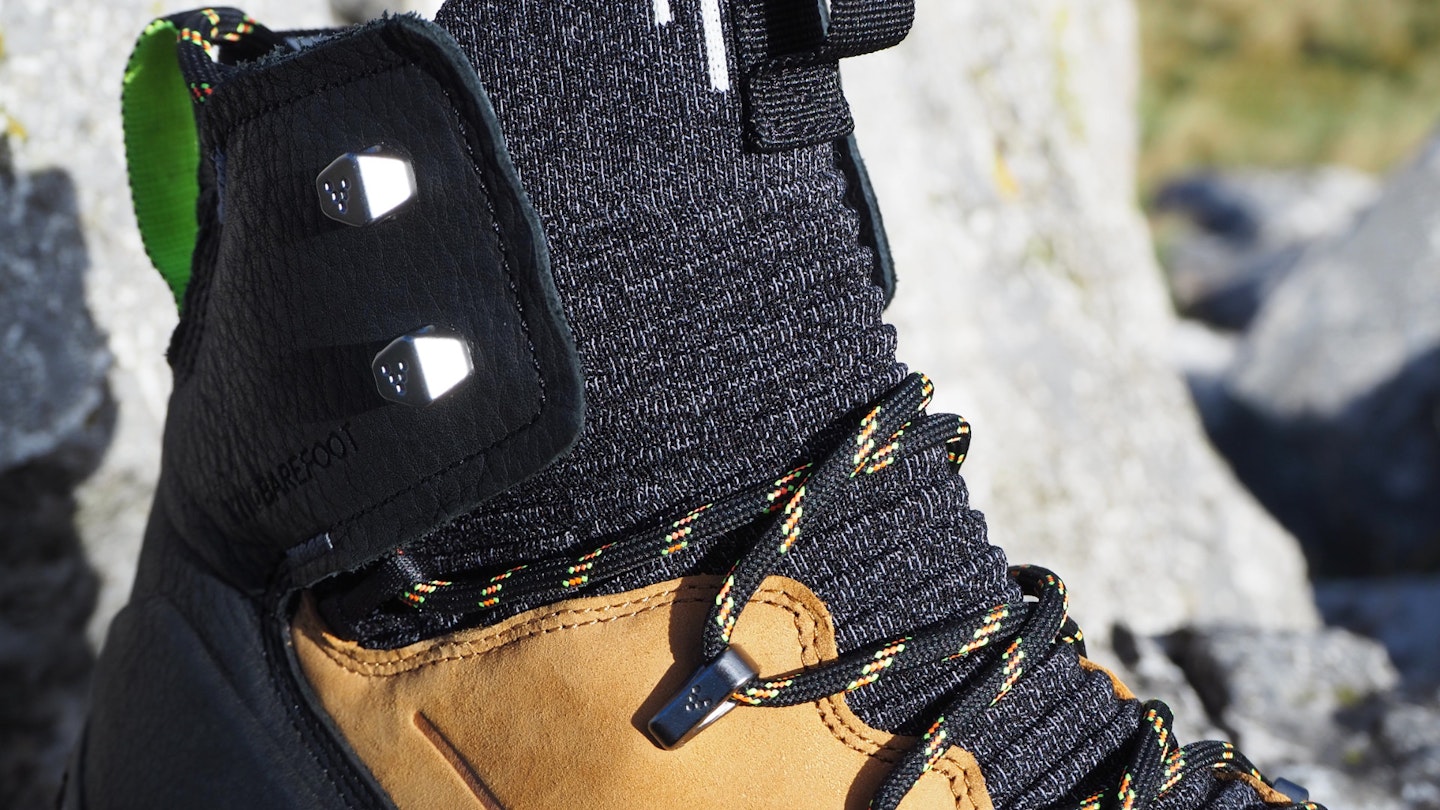
To get a good sense of the Vivobarefoot experience, I used the Tracker Decon FG2 boots over quite a mixture of terrain, including flat ground, steep rocky hillsides, gravel, mud, and grass. The sole on this boot is meant to be versatile across mixed terrain. The lugs are kind of like small rubber versions of cleats on rugby boots, and therefore best suited to grass, mud, and fine gravel. Once wet, however, they struggled a bit on rock.
Allowing your feet to behave as they naturally would makes these great boots for climbing and perilous, narrow paths. They allow you to read the terrain through your feet so clearly and also give you noticeably better balance. In addition, you feel incredibly agile and a lot more efficient.
These boots have excellent breathability, and the materials are naturally water resistant too. The simplicity of these boots combined with quality materials aids durability. These feel like footwear that will last a long time, provided they're cared for properly, which is good because they aren’t cheap.
Shop this product
Does the theory really work?
There is an important point about the barefoot shoe design we need to remember. The Tracker Decon FG2 boots take a while to break in, but not in the traditional sense. The boots are good to go out of the box but your feet need time to toughen up.
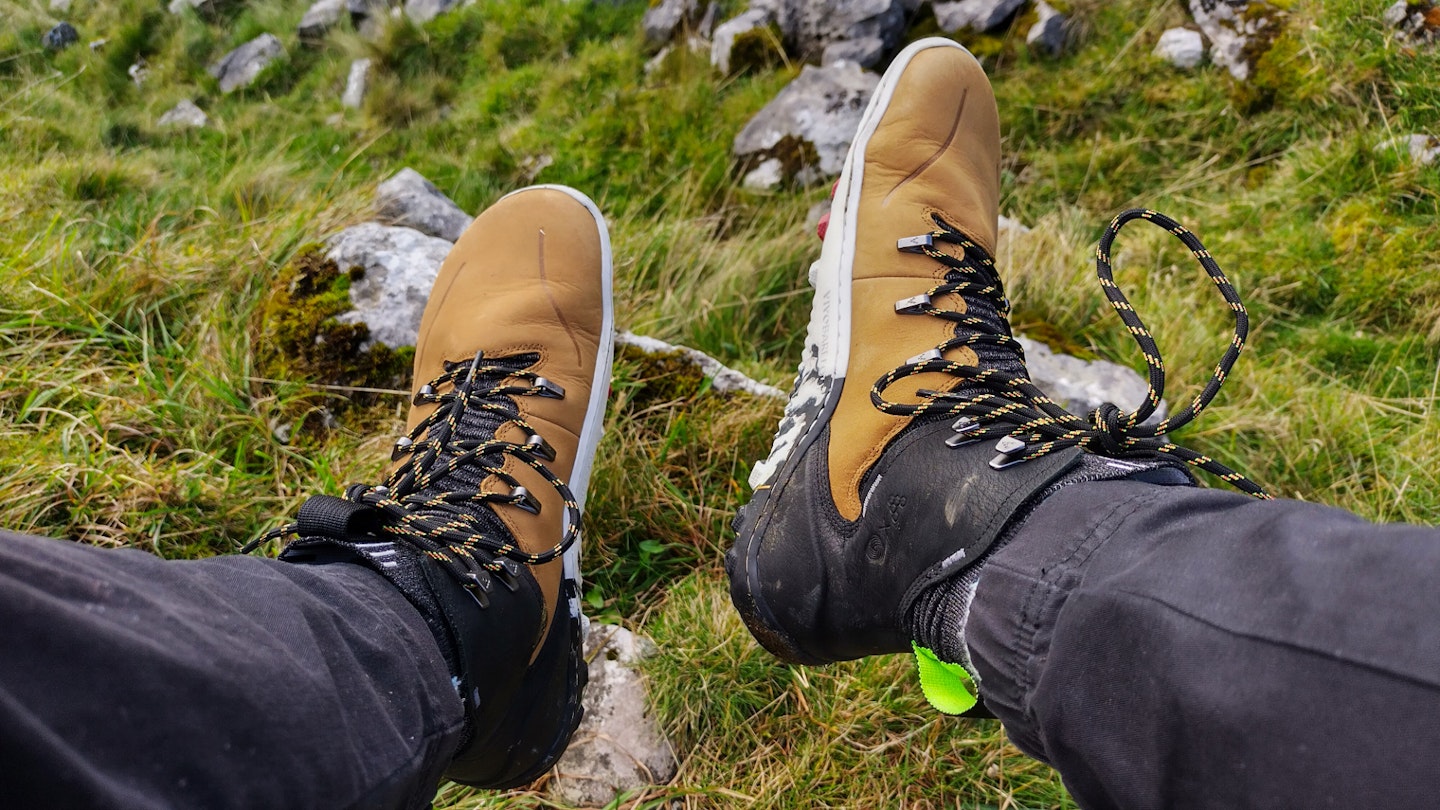
During the first few weeks of use, you’ll get foot fatigue within about three hours of wearing these boots. Being able to feel the terrain is great, but the trade-off is that soft feet get sore from this quite quickly. It’s like when you first go outside barefoot in early summer. Your feet are soft and even an exposed aggregate driveway can feel too rough. But over time, your feet harden up and you’re all good. It’s the same case here.
So yes, the idea works but you need to allow time for your feet to toughen up. It also requires quite a big mental shift in the way you think about footwear. You have to place faith in your feet rather than entirely in the shoes. That being said, I’ll still be reaching for my rigid leather boots in some circumstances, such as winter alpine treks.
Verdict
The Vivobarefoot Tracker Decon FG2 boots are quite impressive. I was sceptical and they convinced me of their ability, and also to trust my feet more. It’s not just the concept that’s on point either. The construction, sustainability, performance of these boots is excellent. The ability to get them repaired or give them a second life is a big plus point too.
There are limitations here. Like I said, they wouldn’t be my first choice for winter outings in the mountains, or with a big heavy pack. But for most three-season circumstances, they’ve been superb, and very refreshing.
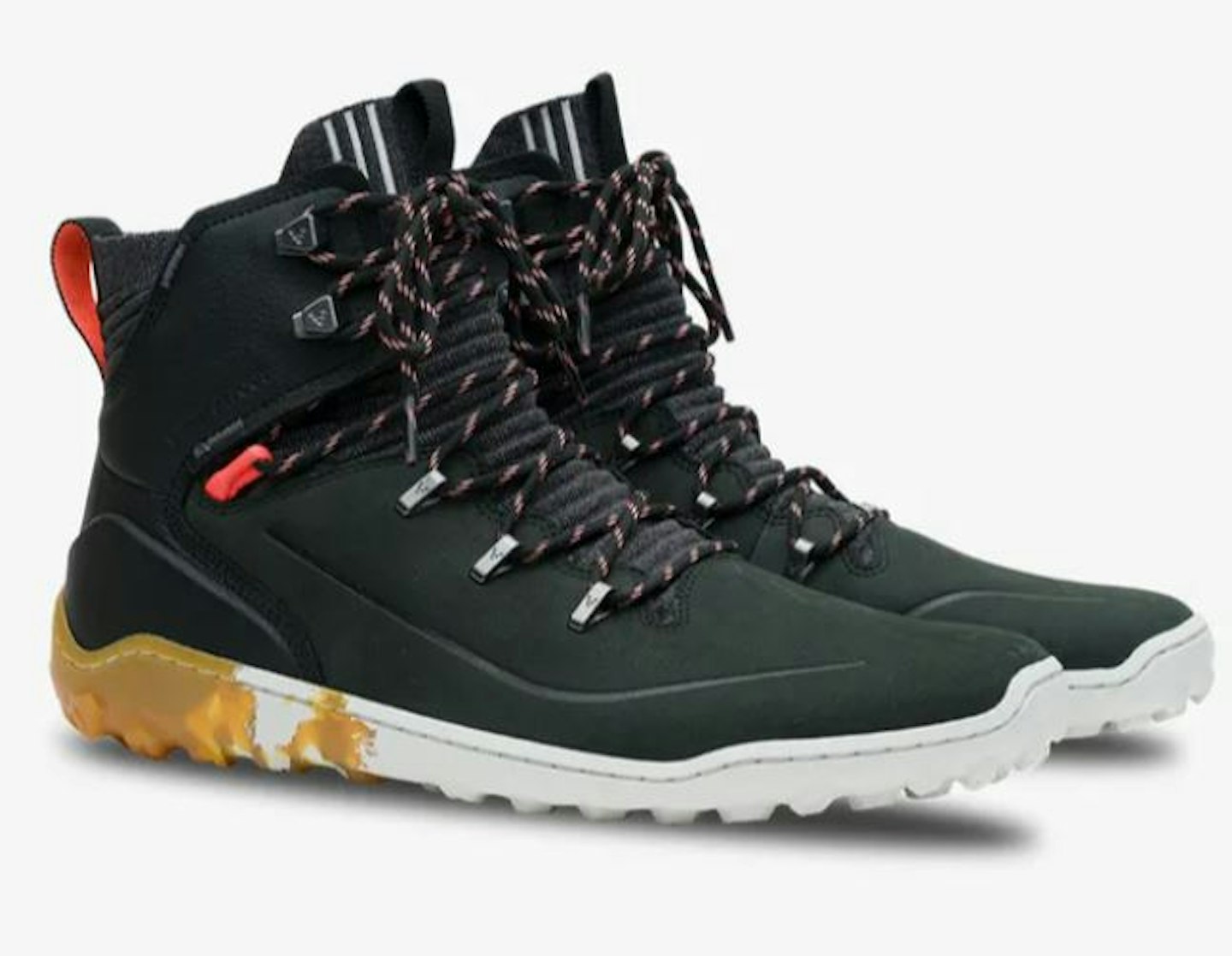
www.vivobarefoot.com
Pros
- Very well made
- Sustainable
- Good in mud
- Great for climbing
- Help with balance
Cons
- A tad pricey
- Sole struggles on wet rock
| Upper: | Wild Hide leather and Woolmark Merino |
| Outsole: | Firm Ground sole with 4mm lugs |
| Men's Sizes: | UK 6-14 |
| Women's Sizes: | UK 3-9 |
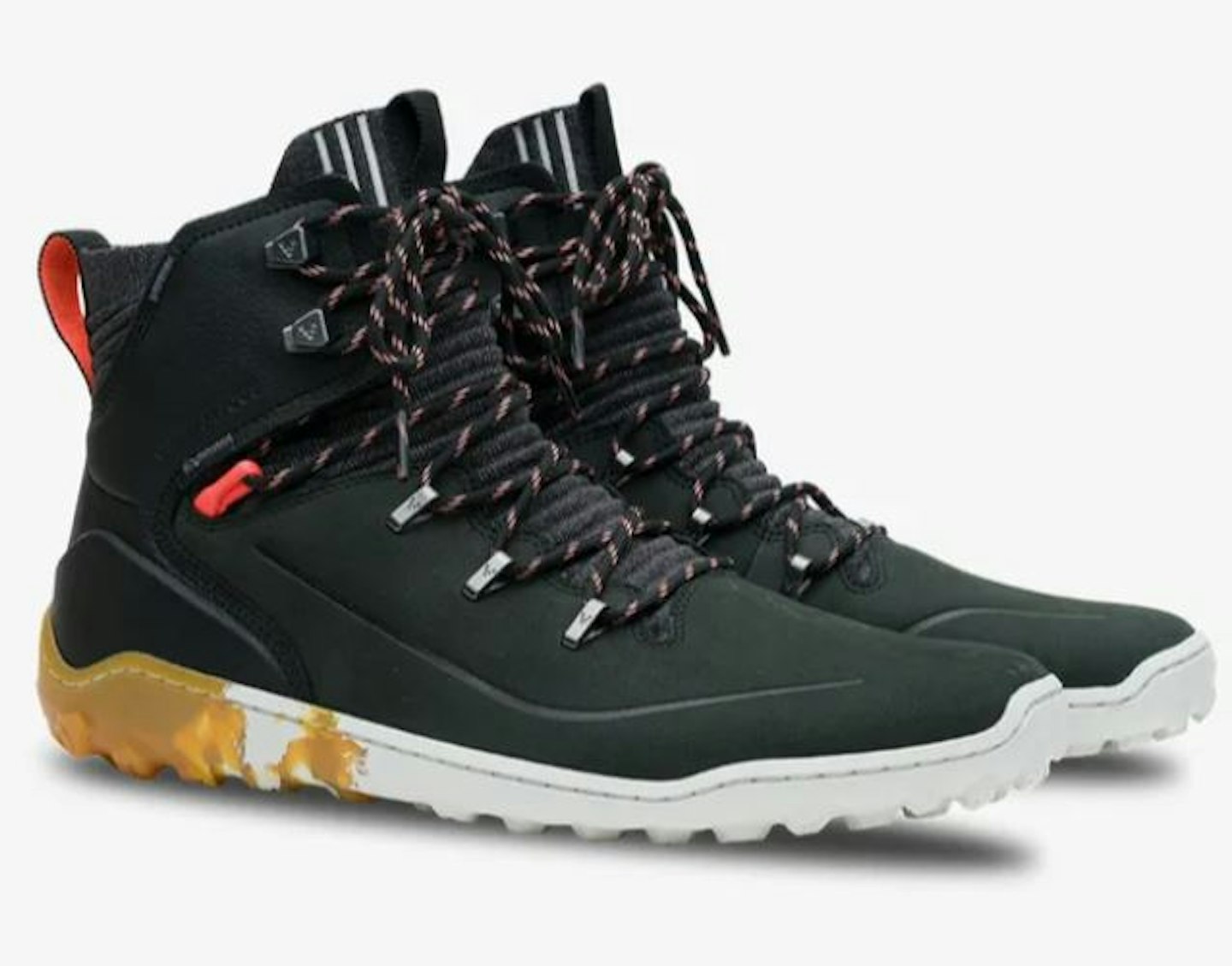
www.vivobarefoot.com
